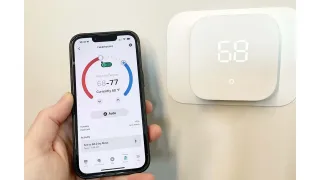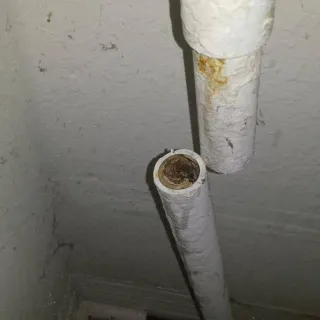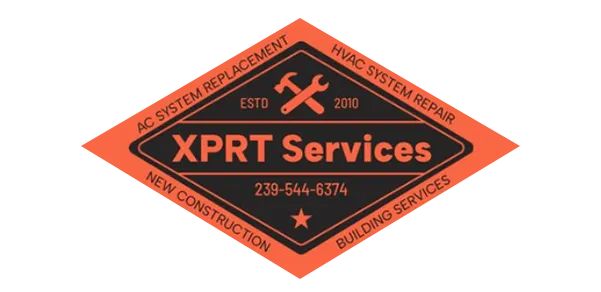Contact Us
Need to optimize your indoor climate or have questions about our HVAC services? Our dedicated team of HVAC experts is here to assist you. Feel free to reach out to us at 239-544-6374 or email us at [email protected] for inquiries, system assessments, or to discuss your heating and cooling requirements. We are committed to providing you with reliable and efficient HVAC solutions that ensure your comfort.
Get In Touch
FAQS
How often should I have my HVAC system serviced?
You should have your HVAC system serviced twice a year, once in the spring and once in the fall. This will help to ensure that your system is running efficiently and effectively, and it will also help to identify and prevent any potential problems.
What are the benefits of having a programmable thermostat?
A programmable thermostat can help you to save money on your energy bills by allowing you to control the temperature of your home when you are not there. You can program your thermostat to turn down the heat in the winter and turn up the air conditioning in the summer when you are away or asleep.
What is the best way to choose the right size HVAC system for my home?
The best way to choose the right size HVAC system for your home is to have a load calculation performed by a qualified HVAC contractor. This calculation will take into account the size of your home, the number of windows and doors, the insulation value of your walls and attic, and the climate in your area.
Is a WiFi thermostat worth the investment?
Whether a WiFi thermostat is worth the cost depends on your specific needs, preferences, and usage patterns. Here are some factors to consider when deciding if it's worth it:
Convenience: WiFi thermostats allow you to control your heating and cooling systems remotely through a smartphone app or web interface. This can be particularly convenient if you have a fluctuating schedule or if you want to adjust the temperature while away from home.
Energy Savings: Many WiFi thermostats offer features like scheduling and energy usage tracking, which can help you optimize your heating and cooling patterns to save energy and reduce utility bills over time.
Integration with Smart Home Devices: If you have other smart home devices like smart speakers or smart lighting, a WiFi thermostat can integrate with them to provide a more seamless smart home experience.
Advanced Features: Some WiFi thermostats come with advanced features such as geofencing (adjusting the temperature based on your smartphone's location), learning algorithms (where the thermostat learns your preferences over time), and compatibility with voice assistants like Amazon Alexa or Google Assistant.
Initial Cost vs. Long-Term Savings: While WiFi thermostats can have a higher upfront cost compared to traditional thermostats, they may lead to long-term savings through energy efficiency and reduced maintenance costs.
Compatibility: Ensure that the WiFi thermostat you choose is compatible with your HVAC system. Some systems may require additional equipment or professional installation, which can add to the overall cost.
Reliability and Support: Consider the reputation of the brand and the reliability of the WiFi thermostat. Look for warranties and customer support options in case you encounter any issues.
Ultimately, whether a WiFi thermostat is worth the cost depends on your priorities and how you value the convenience, energy savings, and features it offers. If these factors align with your needs and preferences, then investing in a WiFi thermostat could be a worthwhile decision.

How often should I clean my condensation line?
Cleaning the AC condensation line is essential for maintaining the efficiency and proper functioning of your air conditioning system. The frequency of cleaning depends on various factors such as:
Usage: If you use your air conditioner frequently, especially during hot and humid seasons, the condensation line may need more frequent cleaning.
Climate: In humid climates, condensation buildup can occur more quickly, requiring more frequent cleaning.
Surroundings: Dust, debris, and other particles can accumulate in the condensation line, especially if your HVAC system is located in a dusty or dirty environment.
As a general guideline, it's recommended to inspect and clean the AC condensation line at least once a year. However, if you notice any signs of clogs or reduced airflow, such as water leaks or insufficient cooling, you should clean the condensation line more frequently. Additionally, some HVAC professionals suggest cleaning the condensation line every six months to ensure optimal performance and prevent potential problems. Regular maintenance of your air conditioning system, including cleaning the condensation line, can help prevent costly repairs and extend the lifespan of your HVAC equipment.



